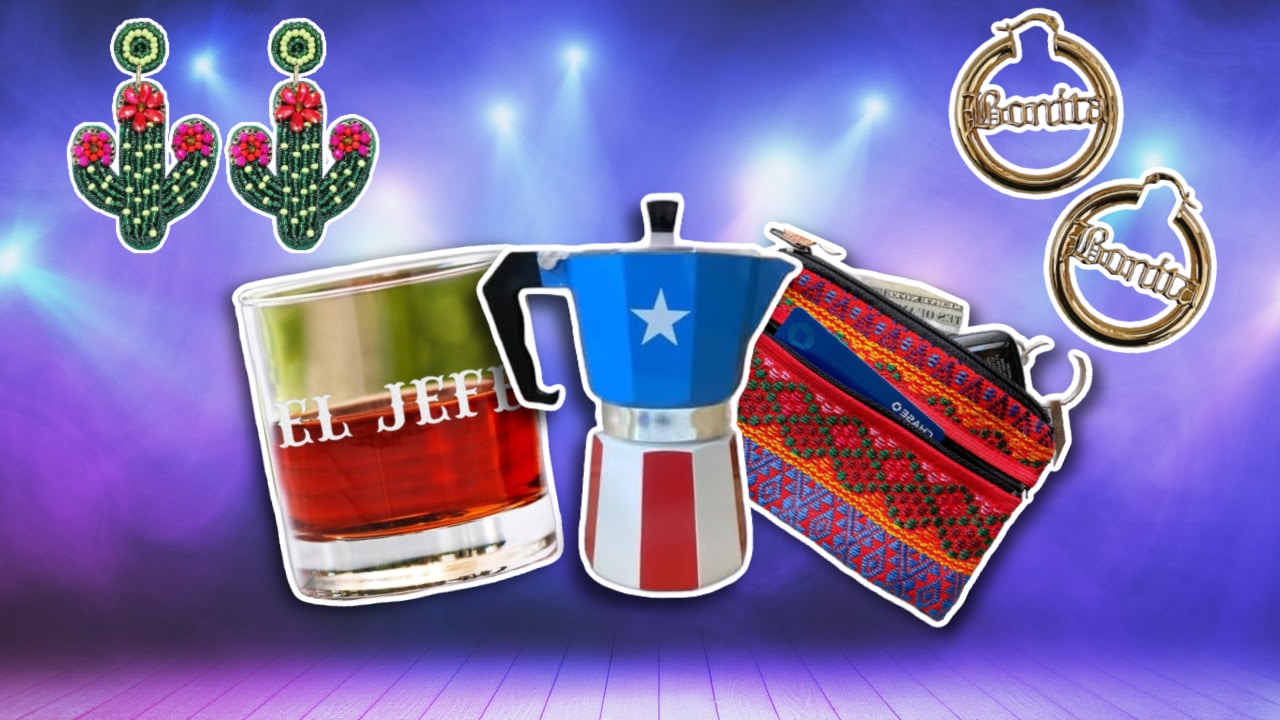‘Antes Muerta Que Sencilla’: Exploring the Love-Hate Relationship Latinas Have with High Heels
Walking in high heels is a struggle English biologist Charles Darwin would be proud of. After all, it is the survival of the fittest.
Trying to stay upright as you balance on your first stilettos is not exotic or sensual — it’s bloody uncomfortable. Just ask any Latina.
As one totters down the street to the sound of the clack-clack-clack of the heels hitting the pavement, in your head, you repeat the mantra to justify the pain: “Antes muerta que sencilla; Antes muerta que sencilla.”
Wearing these height-defying shoes twists the foot into an angle and distorts the alignment of muscles and joints. It does a number to your back, neck, and shoulder, leaving the wearer with throbbing (sometimes bloody) feet.
It doesn’t matter how much science of foot anatomy goes into the design of a high-heeled shoe; invariably, they are agony.
So, then why do Latinas love their ‘tacos’ so much?
According to the international information company NPD Group, Hispanic women in the United States fork out at least $3.3B on fashion footwear. This number represents 18 percent of the fashion footwear market targeted to women or one out of five dollars spent on shoes.
Why Latinas do it is a complicated cultural and feminist discussion.
Is it because our mothers, tias, and grandmothers wore them? Can it be that our first imprint of a shoe is clomping about in our Mama’s shoes, and it branded us for life?
Looking at the origin of high heels might give us a clue
The earliest evidence of the beginnings of high heels takes us back to Persia in the 10th century CE. Believe it or not, shoes with heels were worn by members of the Persian army, specifically the elite archers, that stood up in the saddle to shoot.
The high heels (looking more like kitten heels) held them steady in the stirrups and gave them perfect aim.
Dancers in India in the 12th century CE wore an iteration of the high heel — stacked heels more than the kitten ones. Still, it is the first illustration of women wearing high heels in fashion history.
By the 1400s, European women wore high-platform shoes called chopines, particularly in Spain and Venice. These shoes protected the grand ladies from the street mud and muck — keeping their dainty shoes and voluminous dresses from being splattered.
The thick-wedge sole of the chopine exalted the wearer — the height (some platforms could reach 20 inches high, and concubines preferred these) indicated stature.
But it also did grace the wearer with a drunken gait — weeble, wobble, but please, don’t fall in the dirt. Contrary to what Nancy Sinatra sang — chopines were certainly not made for strolling — they were made to lift the wearer so she could be seen and admired.
These shoes put women on a pedestal
A modern version of the chopines would be the shoe favored by Lady Gaga — the heel-less Noritaka Tatehana design. (Look at Gaga’s Alejandro video.)
Maybe the Spanish chopine is how Latinas got the stiletto bug and became addicted to high heels. Footwear to make you look fabulous but render you immobile. Now that’s the ticket.
It’s important to note that for Latinas, donning high heels also signifies maturity. This is why a Quinceanera put on stilettos as part of the ritual of becoming a woman, as strange as that sounds.
Spanish shoe-designer royalty Manolo Blahnik says that “people walk differently in high heels. Your body sways to a different kind of tempo.”
Indeed, high heels designed by Blahnik, Malaysian creator Jimmy Choo or French designer Christian Louboutin are delicious, towering masterpieces.
But, put them on and walk on the uneven streets of New York, Mexico City, or San Juan, and the wearer will soon figure out the real personality of the shoe — an instrument of torture.
Love you, Manolo, but it’s not tempo; it’s a Dolor Dance. It’s the ballad of “Please, Virgencita; let me get to where I am going fast, so I can sit down and take these colored claws off my feet!”
Yet, they do make legs look amazing. Pity that
Latina women wear high heels to go almost anywhere — the bodega, the laundromat, the stores, a party, a wedding, and a funeral — the why of it is still unexplainable, at least to me.
It makes our walk theatrical and has led to a Latina stereotype pushed by Hollywood — the over-sexualized “Mami” with a skin-tight dress and ridiculously high heels.
But don’t get me wrong — I adore a well-turned-out shoe. I started wearing high heels almost before I could walk. I am Puerto Rican, after all.
In 2016, when I still believed in these walking works of art, I wrote this about high heels:
“Some stilettos are love at first sight. They bring out the Imelda Marcos in me. Those with bows. Those that sparkle. Those that enter a room before you do. Carrie Bradshaw’s cobalt blue satin Manolos with the crystal silver buckle, the ones she returned for. ‘Sex and the City’ made running in high heels on the uneven streets of Manhattan seem fabulous.”
Today, I have traded every stiletto in my closet for combat boots (preferably red patent leather) or flip-flops — they must be black.
Still, like Audrey Hepburn staring at the window display at Tiffany, I will stop at a high-end shoe store and admire these over-the-top, grandiose shoe confections.
I can’t help it; it’s in the blood.




